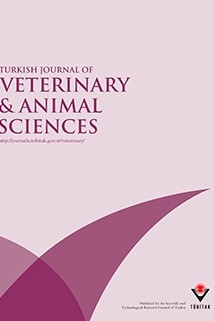
Turkish Journal of Veterinary and Animal Sciences
Yazarlar: Ross G. COOPER, Marek LUKASZEWICZ, Jaroslaw O. HORBANCZUK
Konular:-
Anahtar Kelimeler:Egg,Evolution,Ostrich
Özet: The role of the egg is 2-fold - protection of the contents and conditioning the incubation. We used a variety of search engines to collate literature pertinent to the ostrich egg from PubMed, Medline, and Agricola. An ostrich egg weighs ca. 1.5 kg, and the mean length and width are 156 and 129 mm, respectively. The vertical and horizontal circumferences reach a maximum of 45 and 40 cm, respectively. Average internal volume is ca. 1350 ml. The mean weight of albumen in a 1500 g ostrich egg reaches 900 g, with a 317 g yolk and a 296 g voided shell. The shell thickness ranges from 1.6 to 2.2 mm. Instron-determination of the eggshell strength reached some 70 kg (~686 N), while that of chicken eggshells was 3-4 kg. Thus, an ostrich egg can potentially withstand the weight of an adult human being. The egg that possesses the best genetic manifestations of size and shape is likely to be located in the centre of a nest, thus providing optimal incubating conditions.